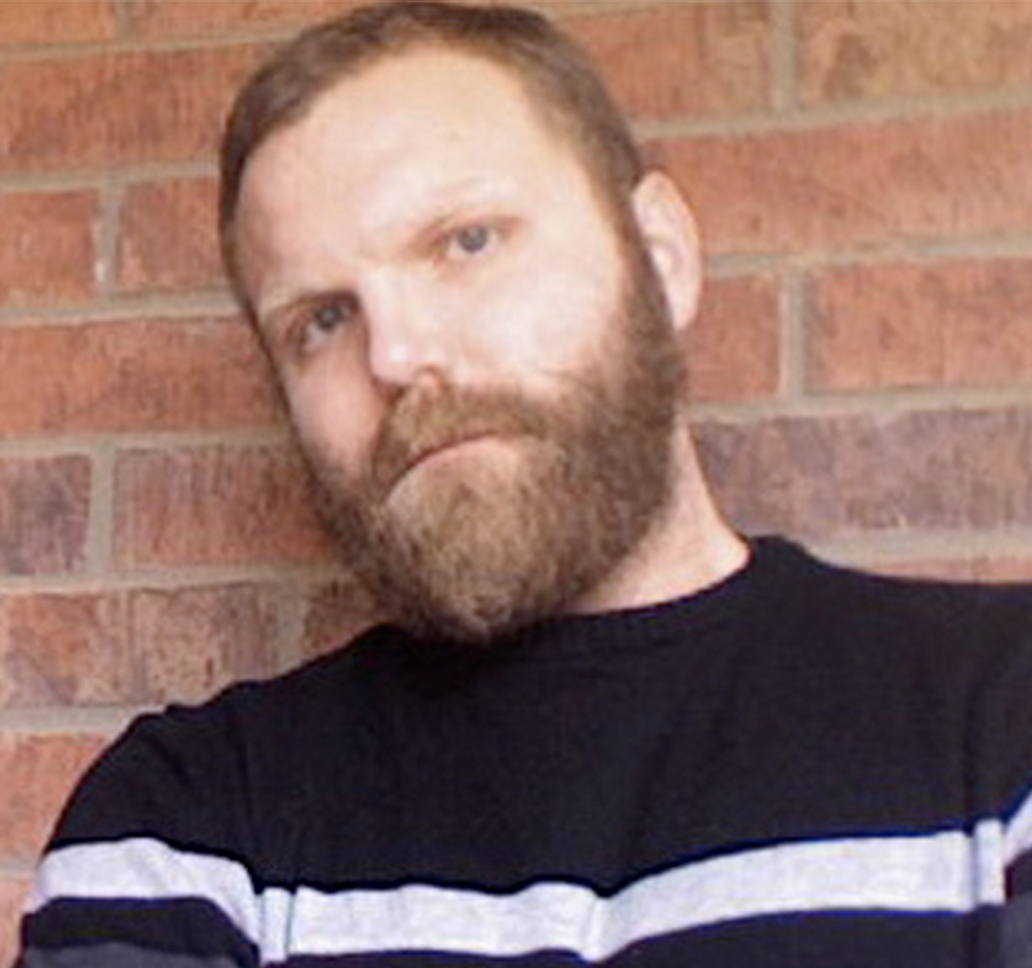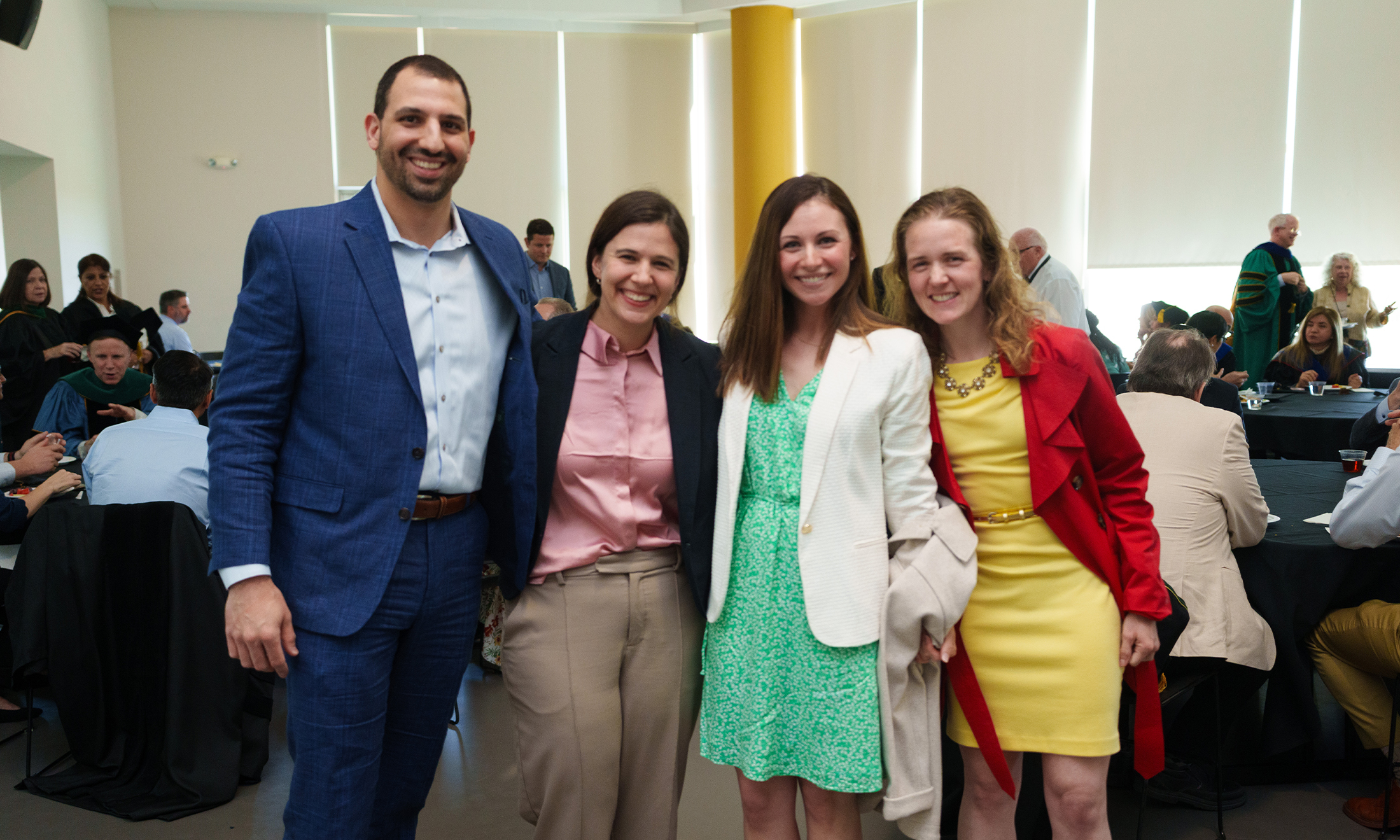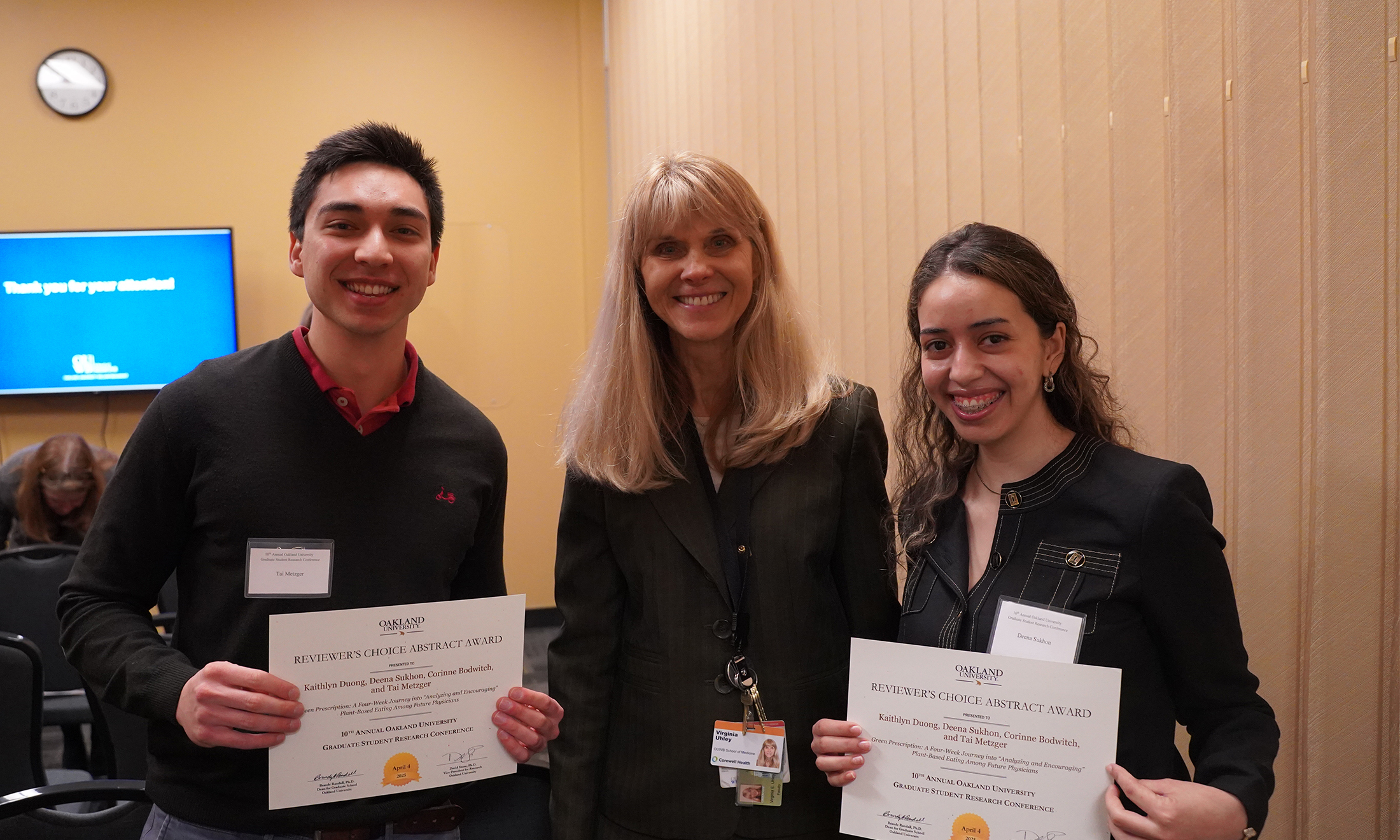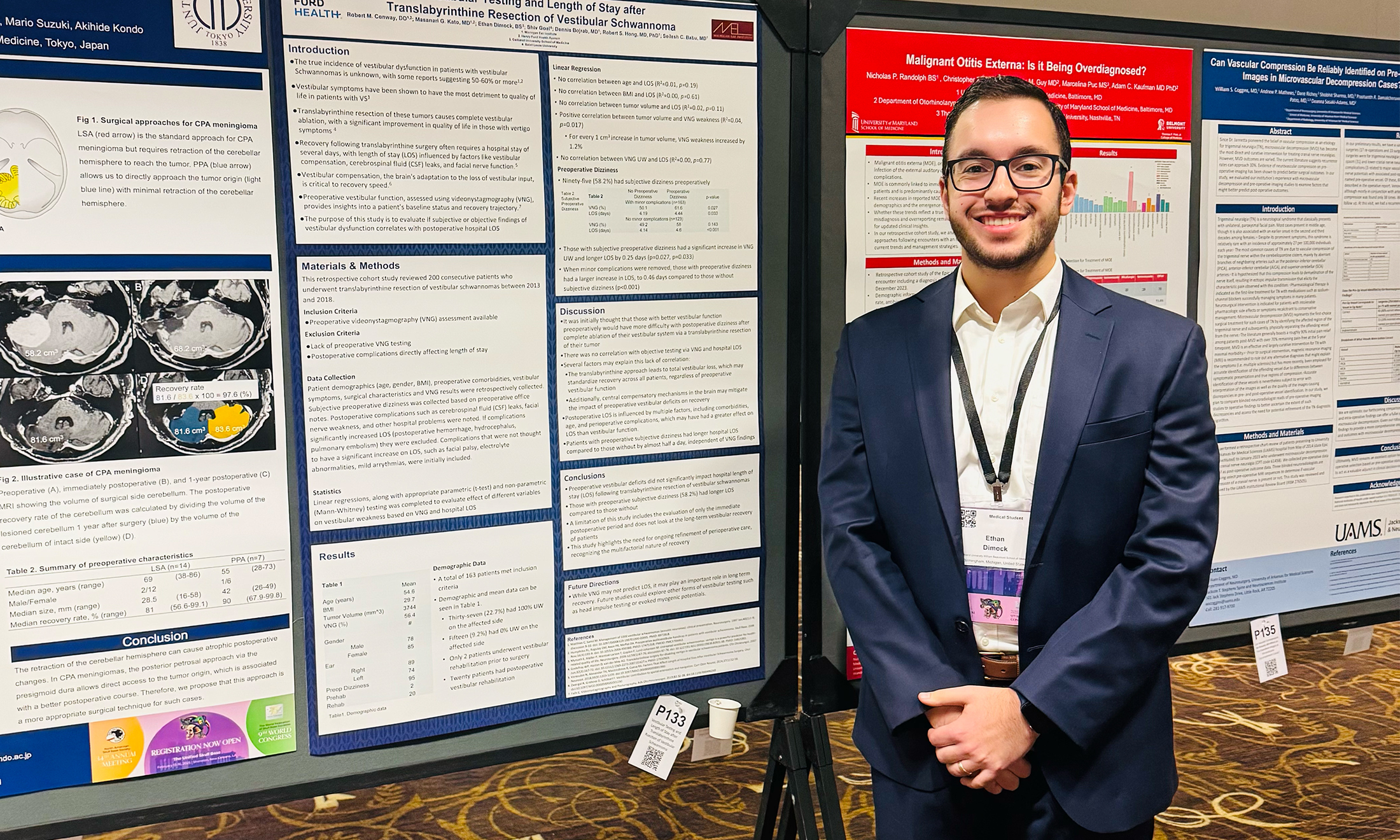Creating 'brave spaces'
OUWB professor, dean tackle tough topic of triggers in medical education
An OUWB associate professor and associate dean have published an article that addresses how educators should respond to reports of curricular content sparking intense emotional reactions — i.e., students “being triggered.”
“On Triggering and Being Triggered: Civil Society and Building Brave Spaces in Medical Education,” was co-authored by Jason Wasserman, Ph.D., associate professor, Department of Foundational Medical Studies, and Berkley Browne, Ph.D., interim associate dean, Student Affairs.
The article was published in Teaching and Learning in Medicine.
Using an example from one of Wasserman’s classes, the authors examine what it means for students to be triggered and suggest a civic framework to support establishment of “brave spaces.”
“Students claim that medical educators’ blind spots and their resulting offenses demand change. Educators retort there are no ‘safe spaces’ in medicine. Both perspectives represent valid concerns,” write the authors.
“It is important to foster equitable and including learning environments and also to engage in discourse on sensitive subjects.”
‘A very valuable teaching exercise’
The article centers on a real-life situation whereby Wasserman says he was using team-based learning environment to demonstrate “just how insidious bias can be.”
Specifically, he used a case-based learning activity on sickle cell disease designed to elucidate the role of stigma in pain management and highlight the nature of bias in clinical judgment.
 |
| Wasserman |
One case intentionally underscored best practices for pain management of an acute vaso-occlusive pain crisis, including IV opioid therapy. In the very next case, a patient presented exactly the same, but the narrative was populated with numerous instances of biasing information, including noting the patient appeared to have “gang tattoos” and that a friend accompanying the patient “appeared to be high.”
The majority of students failed to deliver IV opioid therapy as the correct answer in the second case, frequently citing concerns about drug seeking, though the vignette offered no supporting evidence.
“One year when we presented the case, a few students saw all of the biasing innuendo and became so emotional about it, they couldn’t really even participate in the activity, and one even left the room,” says Wasserman. “They never saw the big reveal, which is it’s anti-bias training in some respects.”
Wasserman says that presented him with a dilemma. On the one hand, he wanted to genuinely respect, appreciate, and legitimize the students’ experiences of racism.
“I (also) think it’s a very valuable teaching exercise that does a lot of good work exposing people who otherwise typically don’t think that they’re biased,” he says. “As an educator, I want to retain that.”
The article notes that the case naturally evokes a range of opinions, ranging from outright racial insensitivity to a fixation on the notion that the students were overreacting and need to “toughen up” to make it in medicine.
“But rushing to any of these judgments obviates important features of our shared educational space,” the authors write.
That’s where the concept of “brave spaces” comes into play.
Brave spaces
Wasserman and Browne, whose Ph.D. is in Higher Education Leadership, have worked together on numerous publications. For the latest, Browne says the duo developed a framework that would allow for the curricular content to remain in place.
The framework centers on the concept of creating “brave spaces” — a way to sensitively facilitate engagement with provocative material rather than attempting to offer safety from this material altogether. The article says brave spaces aim to prepare students to navigate more effectively the challenges of difficult conversations, particularly in the context of the learning environment. (See sidebar)
| Brave spaces reflect five main elements: |
|
Browne says brave spaces allow for difficult conversations to take place in an educational setting by first establishing ground rules to help learners deal with the discomfort that may be associated with more challenging lessons.
To successfully create brave spaces in the classroom, Wasserman and Browne write that “we need a clear sense of how the rights and responsibilities of students and faculty are bounded by multiple intersecting social domains.” In this case, the domains are intrapersonal; interpersonal; and civic.
In the context of the article, the intrapersonal domain asserts that people have a right to feel their own feelings while the interpersonal assumes that we have to talk to each other to understand other peoples’ perspectives, goals, and values.
The civic domain refers to the responsibility held by educators to teach students.
“In that respect, I have a responsibility in some ways not to change, or at least not to fundamentally disrupt, the learning activity,” says Wasserman. “If I truly believe in it and it’s truly methodologically sound…then I must not tear that down just because of students’ feelings.”
| More from OUWB |
|
Professor from OUWB helps Oakland County develop ‘Blueprint to End Homelessness’ OUWB faculty on ‘personal mission’ to fight misinformation in health care |
Wasserman says it’s important to note that doesn’t mean he doesn’t genuinely hear students and respect their feelings.
“It means that I have other kinds of obligations that can’t be fulfilled if I’m only seeing my job as being in service to those feelings,” he says.
Wasserman says the whole idea of using the three domains as the basis of the framework is to allow for each to exist in balance when applied to situations like the team-based learning exercise.
In the case used in the article, Wasserman says he adjusted some of the language but not in a way that impacts the effectiveness of the lesson.
Browne says she hopes other educators read the article she and Wasserman wrote and identify ways they can similarly adjust curricular content.
“The opportunities to engage the framework already exist,” says Browne. “It’s more a matter of recognizing that’s what it is, putting a name to it, and putting some kind of intentional energy behind it.”

 December 21, 2021
December 21, 2021
 By Andrew Dietderich
By Andrew Dietderich









